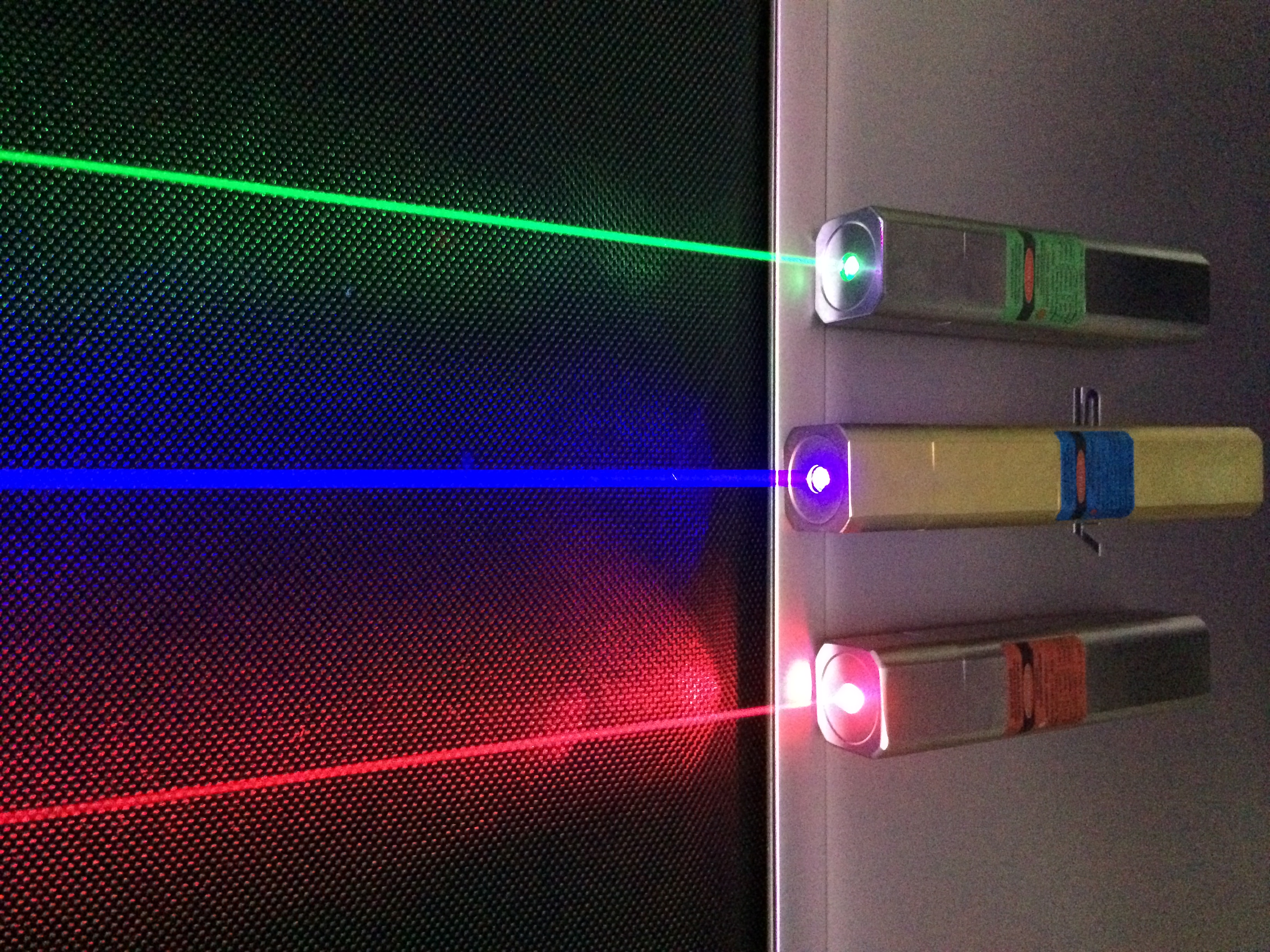Contents

Source: Wikipedia
Semiconductor Lasers: A Comprehensive Overview
Introduction
Semiconductor lasers are solid-state lasers that utilize semiconductor materials as their gain medium. These lasers operate based on stimulated emission at an interband transition within the semiconductor material, facilitated by a high carrier density in the conduction band.
Physical Mechanism of Gain
In semiconductor lasers, gain is achieved through the excitation of electrons from the valence band to the conduction band by an external pump source. When these excited electrons recombine with holes in the valence band, photons are emitted, resulting in amplification. This process can be optically or electrically pumped, depending on the type of semiconductor laser.
Common Semiconductor Materials
Semiconductor lasers are fabricated using materials with direct band gaps, such as GaAs, AlGaAs, InGaP, GaN, InGaAs, GaInNAs, InP, and GaInP. By varying the composition of these materials, different emission wavelengths can be achieved, allowing for a wide range of applications spanning from near-infrared to mid-infrared regions.
Types of Semiconductor Lasers
Semiconductor lasers come in various types, including laser diodes, optically pumped lasers, and quantum cascade lasers. Each type has unique characteristics and is suitable for specific applications, ranging from high-power industrial lasers to compact laser pointers.
Applications and Advantages
Semiconductor lasers offer advantages such as efficient electrical pumping, a wide range of accessible wavelengths, fast modulation capabilities, and high-frequency modulation. These features make semiconductor lasers indispensable in diverse fields like telecommunications, materials processing, medical treatments, and scientific research.
Pulsed Output and Modulation
While most semiconductor lasers provide continuous output, they can also generate pulsed output through techniques like mode locking. The short upper-state lifetime of semiconductor lasers allows for high-frequency modulation, enabling applications in optical data transmission and frequency stabilization.
Conclusion
Semiconductor lasers play a crucial role in modern technology due to their versatility, efficiency, and wide range of applications. From telecommunications to medical diagnostics, semiconductor lasers continue to drive innovation and advancement in various industries.

Source: YouTube
Feel free to comment your thoughts.



